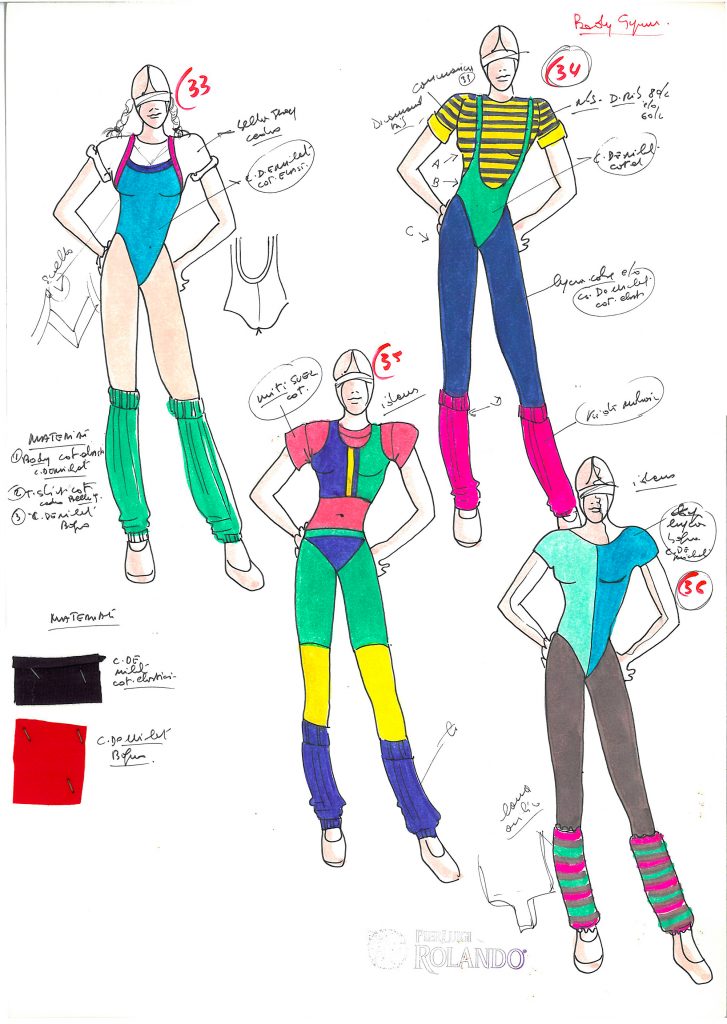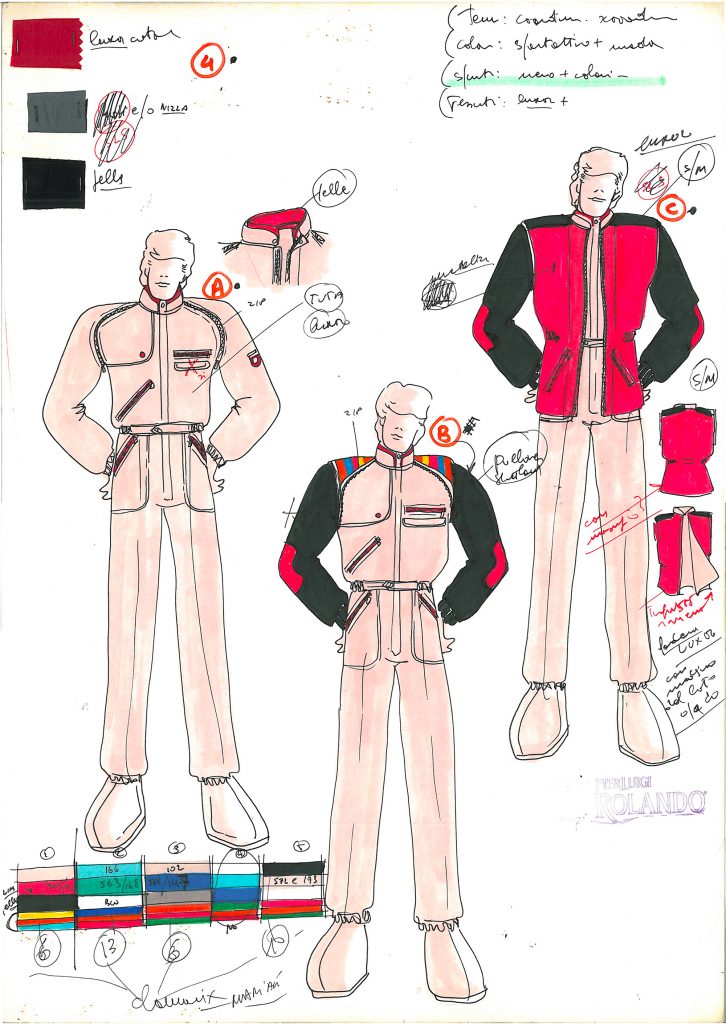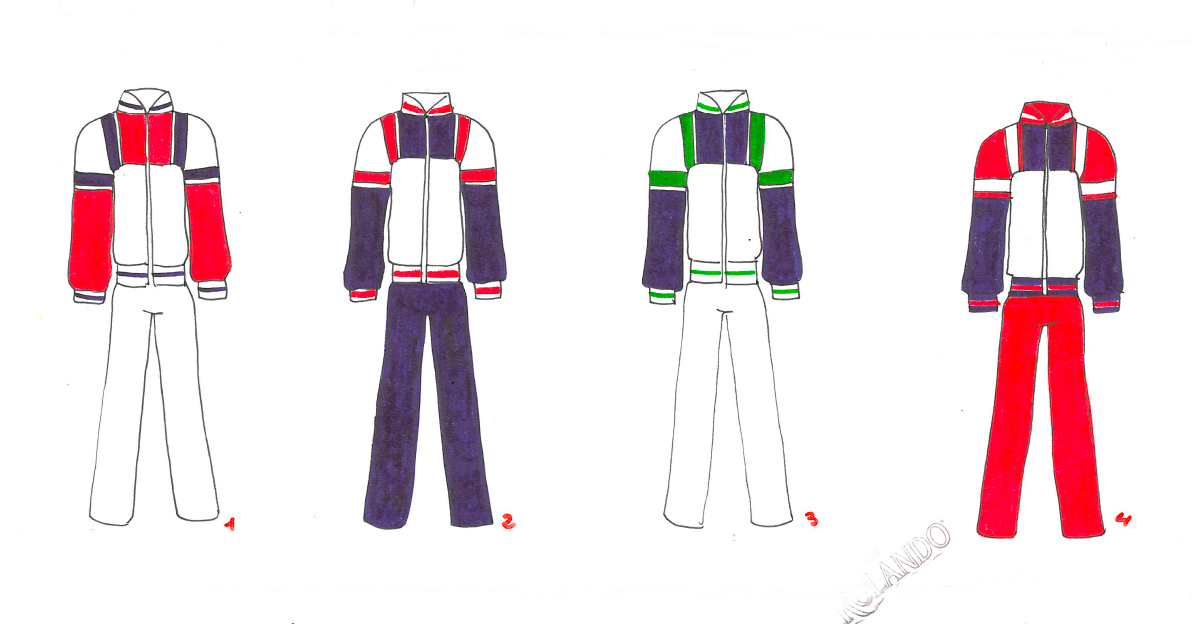SOURCES: PIERLUIGI ROLANDO’S SKETCHES
French architect Le Corbusier once wrote:
I prefer drawings rather than words. Drawing is faster, it can’t allow lies.
On the same topic Spanish painter Salvador Dalì was more concise:
drawing is the honesty of art. There is no way to cheat: it can be good or bad.

After being considered preparatory to painting for a long time, the act of drawing is gaining a new reputation nowadays, with exhibitions, papers and entire sections of fairs devoted to it. In FILA tradition the reference artist is Pierluigi Rolando, who had always given drawing an almost psychoanalytical value: think about the prototype of the Borg polo shirt, with its vertical lines traced with a red feltpen, conscious that from that moment on there would have been no turning back. Or think about the earliest AQUA TIME swimsuits, with their minimal decorations reminding of Lucio Fontana, the artist who shaped modernity by renegotiating the concept of art itself.
In the Archive of Fondazione FILA Museum the designer’s original sketches are preserved inside of a room with his own name, classified in big catalogs. The earliest MABY collection draw our attention for their richness of contents: looks often deal with writings, measures, color indications, notes and corrections. The advent of FILA SPORT emerges with strength, as confirmed by the use of colored crayons, feltpens and pantones. Similar to illustrations by Richard McGuire or to pop-up screens, Rolando’s works appear with a multimedia spirit, as tridimensional as the textile samples glued on the paper with freedom.

By observing the chronological progression, connoisseurs will notice evolutions in the drawing themselves: aware of his creative status, the designer experiments with fluo colors, giving us a glimpse of cultural freedom in the Seventies and the Eighties. His smiling figures were often realized in collaboration with his wife Lydia, who worked specifically on faces. In the hieratic, often austere imaginary scenario of fashion, Pierluigi Rolando’s sketches are a fitting exception, the witness of the positivist attitude FILA has always been promoting.


